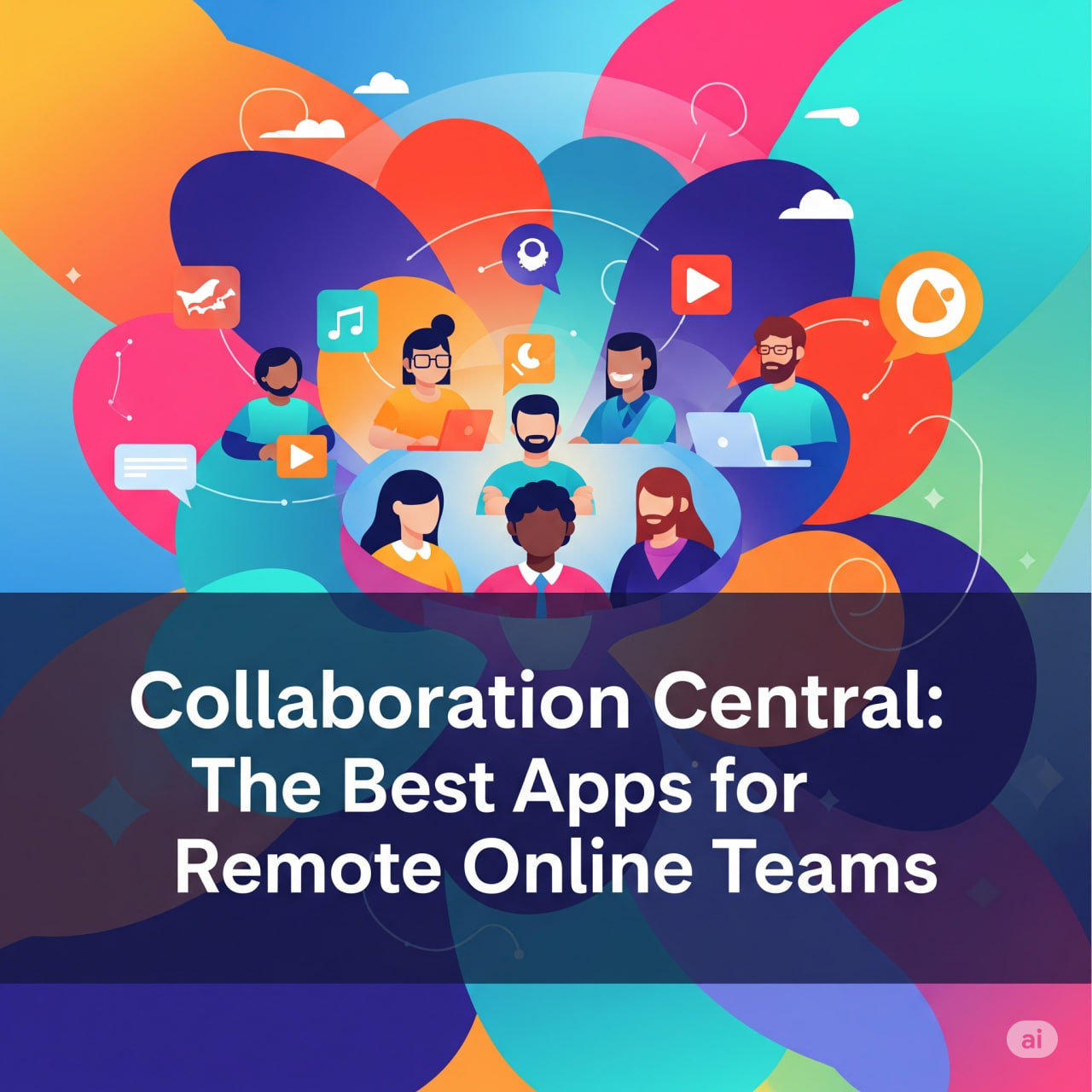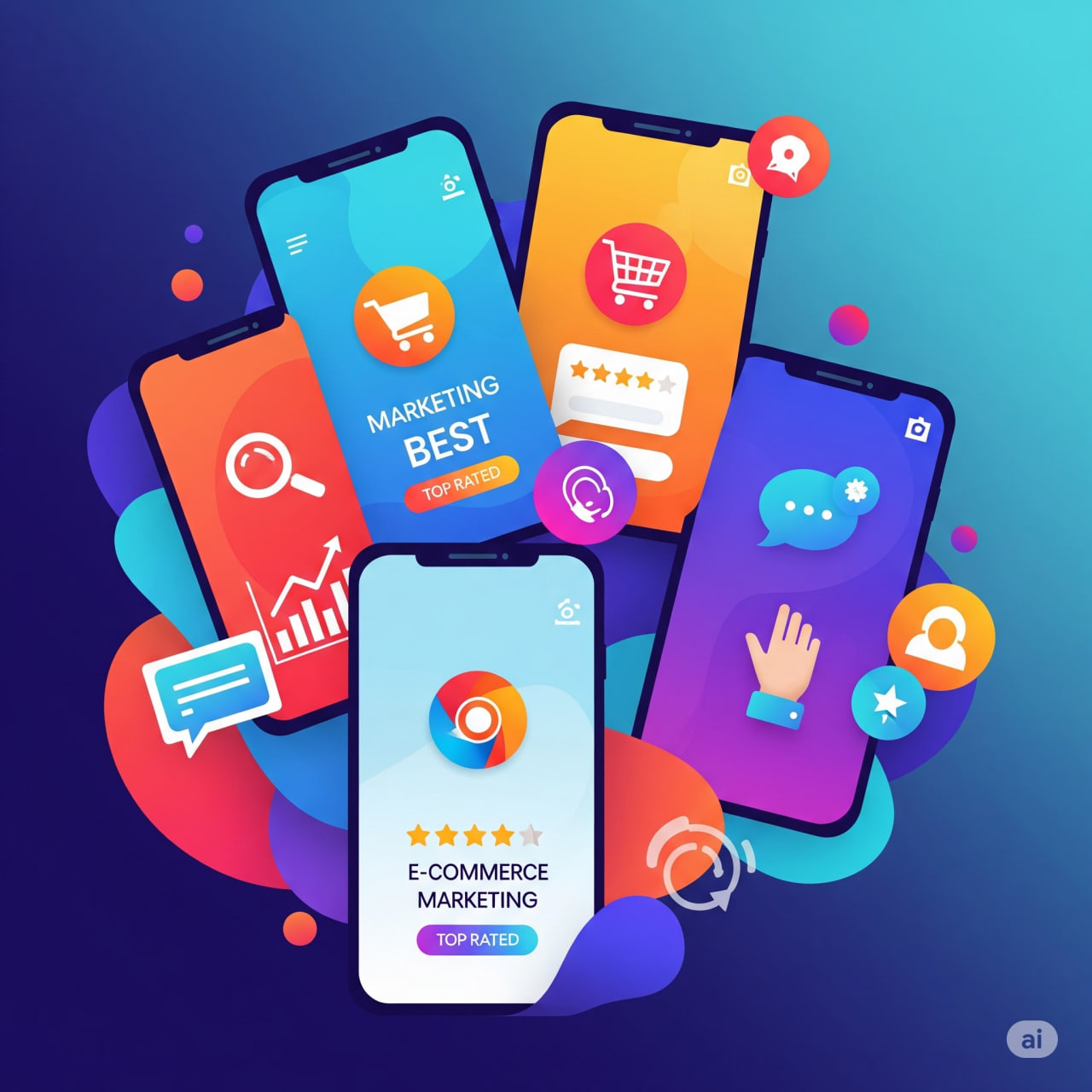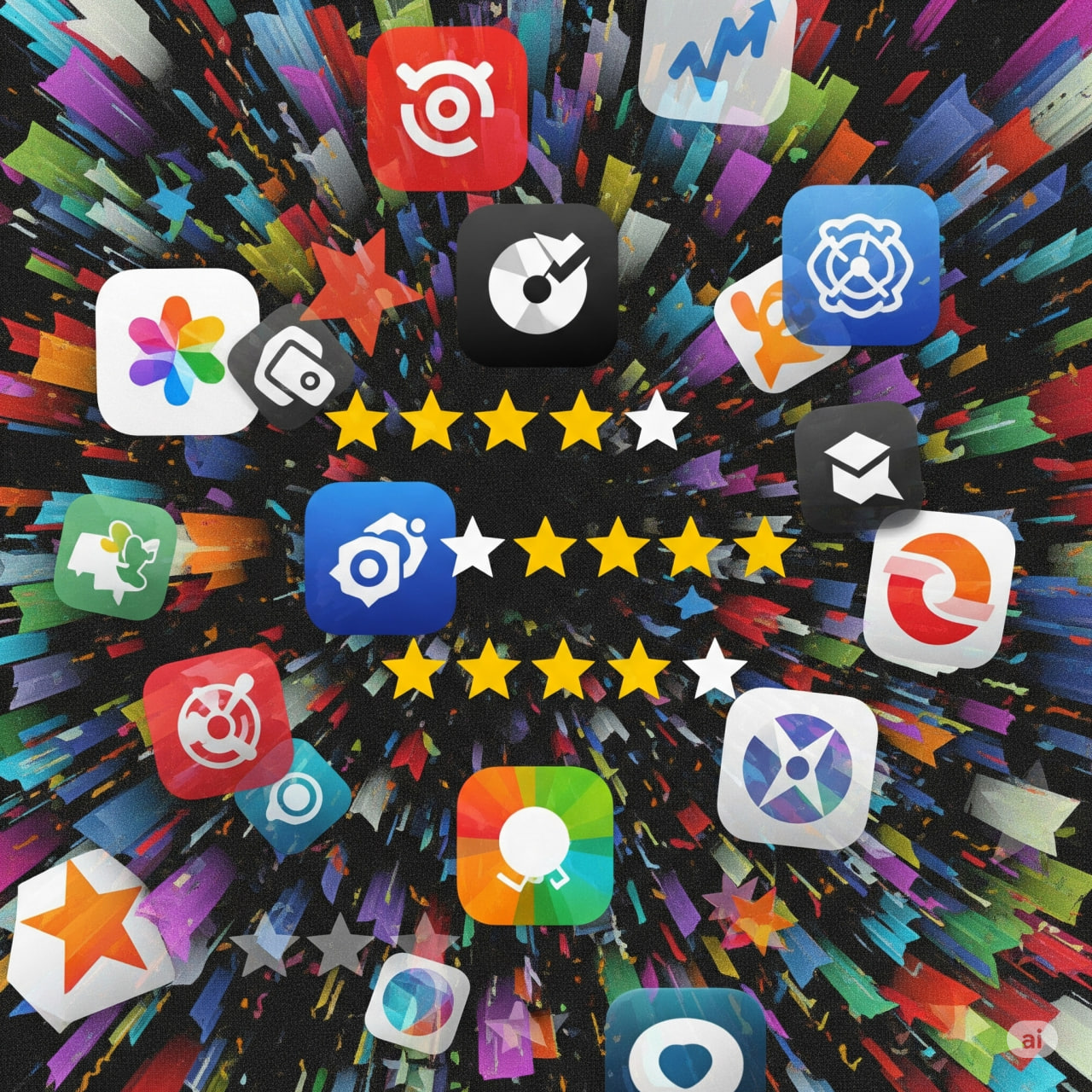To make “Tech Made Easy: Essential Tips & Tricks You Need to Know” truly helpful, consider covering these areas:
I. Smartphone Savvy:
- Battery Life Optimization: Share practical tips to extend battery life on both Android and iOS devices (e.g., adjusting screen brightness, managing background app refresh, using low power mode).
- Storage Management: Offer advice on how to free up storage space by deleting unnecessary files, using cloud storage, and managing app data.
- Customization for Efficiency: Discuss ways to personalize phone settings for quicker access to frequently used features (e.g., setting up widgets, using quick settings, customizing app shortcuts).
- Mastering Notifications: Explain how to manage notifications effectively to reduce distractions and stay focused.
- Basic Troubleshooting: Provide simple solutions for common smartphone issues like frozen screens or slow performance.
II. Internet Essentials:
- Improving Wi-Fi Performance: Offer tips on router placement, understanding Wi-Fi bands (2.4GHz vs. 5GHz), and basic troubleshooting for connectivity issues.
- Browser Productivity Hacks: Share useful browser shortcuts, tab management techniques, and extension recommendations for enhanced productivity.
- Understanding Search Effectively: Explain how to use advanced search operators on Google and other search engines to find information more efficiently.
- Staying Safe Online: Provide essential tips for online security, such as creating strong passwords, recognizing phishing attempts, and using secure websites (HTTPS).
- Managing Multiple Email Accounts: Offer strategies for efficiently handling multiple email inboxes.
III. Computer Convenience:
- Keyboard Shortcuts for Productivity: Highlight essential keyboard shortcuts for Windows and macOS to speed up common tasks.
- File Management Best Practices: Discuss organizing files and folders effectively for easy access and backup strategies.
- Software Updates and Why They Matter: Explain the importance of keeping operating systems and applications up to date for security and performance.
- Basic Computer Maintenance: Offer simple tips to keep computers running smoothly, such as managing startup programs and running disk cleanup.
- Utilizing Cloud Services: Introduce the benefits of cloud storage and collaboration tools like Google Drive, Dropbox, and OneDrive.
IV. Smart Home Simplification:
- Understanding Smart Home Ecosystems: Briefly explain different smart home platforms (e.g., Amazon Alexa, Google Home, Apple HomeKit) and their compatibility.
- Setting Up Basic Smart Devices: Provide guidance on connecting and managing common smart devices like lights, speakers, and thermostats.
- Creating Simple Automations: Introduce the concept of routines and automations to make smart devices work together seamlessly.
- Privacy Considerations with Smart Devices: Highlight important privacy settings and best practices for using smart home technology.
V. Beyond the Basics (Optional):
- Introduction to AI Assistants: Briefly explain the capabilities of virtual assistants like Siri, Google Assistant, and Alexa.
- Understanding Basic Cloud Concepts: Offer a simplified explanation of what “the cloud” is and its benefits.
- Exploring Accessibility Features: Highlight useful accessibility features on various devices for users with different needs.
Tips for Writing the Article:
- Use Clear and Concise Language: Avoid jargon and explain technical terms in a simple way.
- Provide Step-by-Step Instructions: Break down complex tasks into easy-to-follow steps.
- Include Visuals: Use screenshots or illustrations to make the tips easier to understand.
- Offer Real-World Examples: Show readers how these tips can be applied in their daily lives.
- Organize with Clear Headings and Subheadings: Make the article easy to scan and navigate.
- Keep it Updated: Technology evolves quickly, so plan to revisit and update the article periodically.
By covering these essential tips and tricks in a clear and accessible way, your “Tech Made Easy” article will be a valuable resource for readers looking to simplify their relationship with technology.









